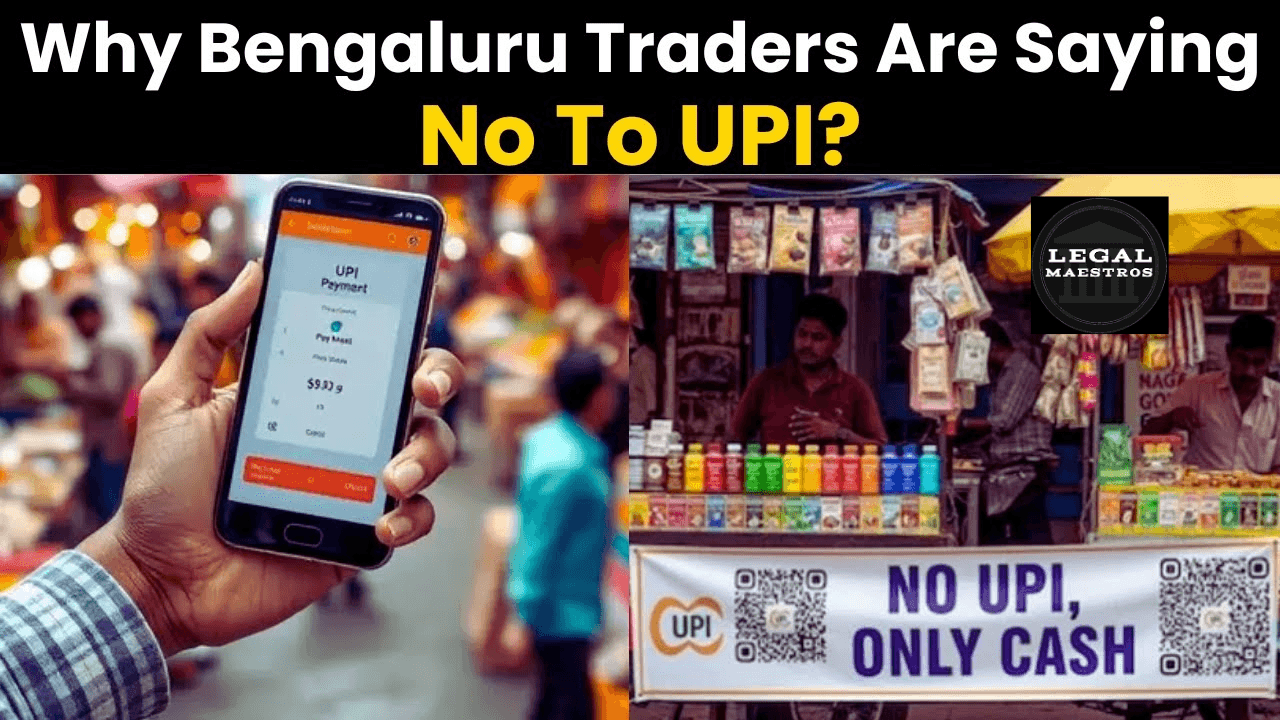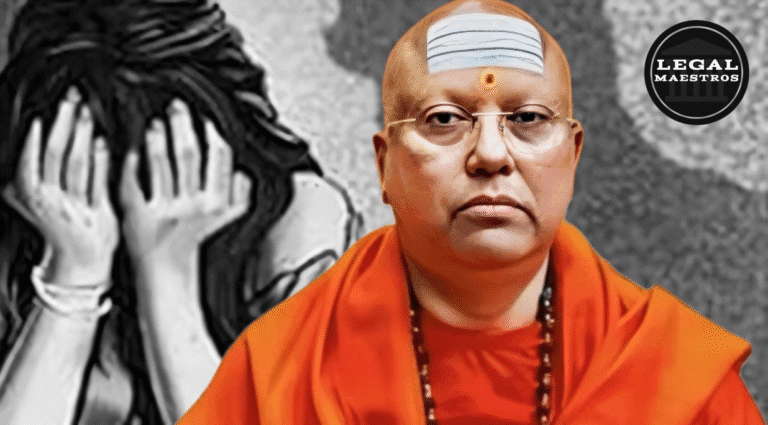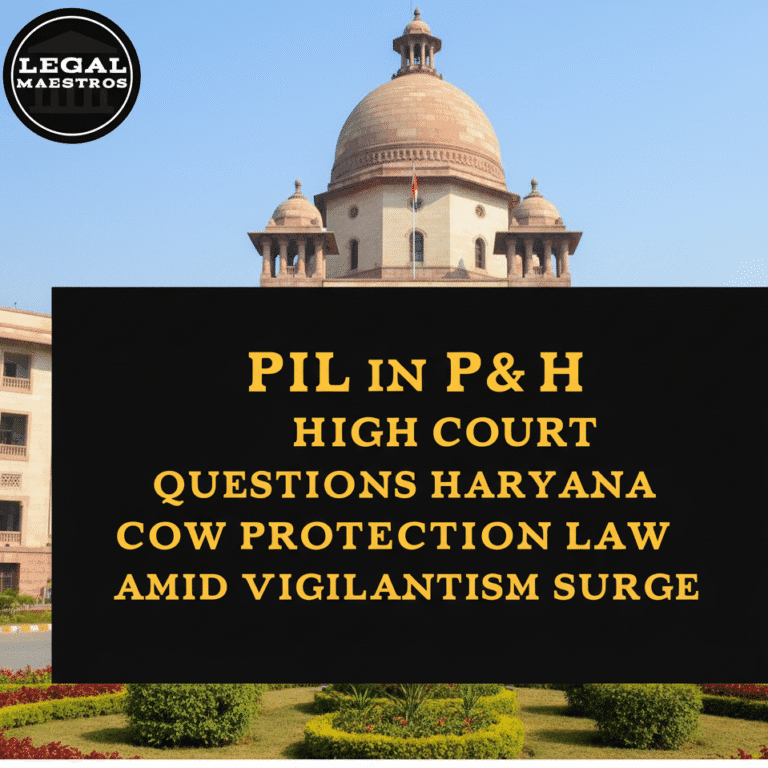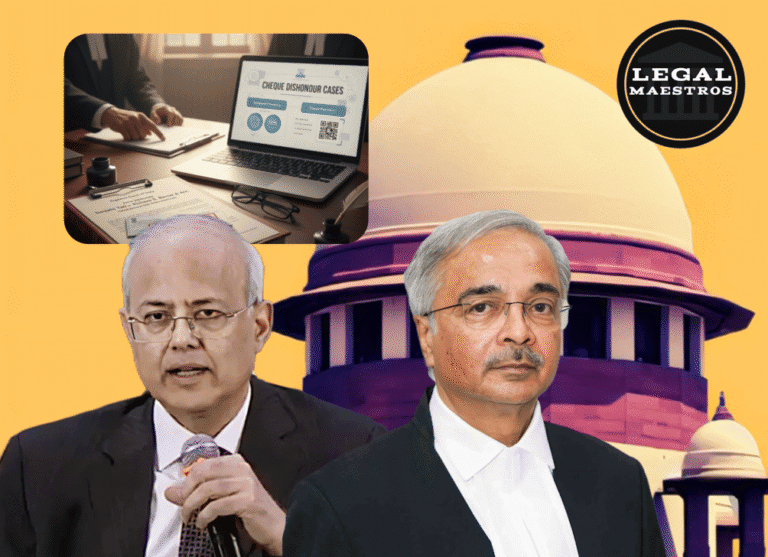
Bengaluru UPI-GST Crackdown: What Section 22 of the GST Act, 2017 Says About Trader Compliance
Introduction
Most small traders were caught unawares when the Bengaluru tax department started its UPI -GST crackdown in early 2025. Auditors looked through thousands of Unified Payments Interface records under the hard light of mobile phone screens to identify the businesses that were not supposed to be under the Goods and Services Tax yet. This impulse becomes very apparent at the core of Section 22 of the GST Act, 2017, which explains to us clearly who is required to register under GST. In case any user is making payments through UPI, learning these regulations is the first step to an easier experience in the local tax environment of India.
Why the UPI‑GST Crackdown?
The UPI payments have turned to be the blood of everyday business in the vibrant markets of Bengaluru. Shopkeepers in a street side tea stall in Jayanagar or a saree store in Koramangala tap their mobile phones to accept payments. However the tax authority will have an idea of who is selling what and how much by this digital trail as well. In the cases whereby a trader acquires excess of the permitted limit beyond the GST registration, the incidence of loss of income to the state occurs. This is the reason why authorities initiated the comparison of the UPI data with the registered GSTINs trying to track down those who went under the radar.
Section 22 of the GST Act, 2017: Who Must Register
There is one thing that section 22 of the Goods and Services Tax Act, 2017 clarifies: in case, you are supplying goods or services and if your annual turnover exceeds a given figure, you must be GST registered. That limit in most of the businesses is twenty lakh of rupees annually. The upper limit is ten lakh of rupees in special categories such as in some northeastern states.
Take the example of a home based baker in white field baking celebration cakes. She is able to sell forty cakes every month with an average cost of 5,000 per cake. In later part of year, her sales amount to 2.4 lakhs. Section 22 does not as yet put an obligation upon her to apply to be registered as a GST whose annual turnover is less than the Rs.20 lakh. When she extends her menu to cookies and starts selling 50,000 worth on monthly basis, she will cross the limit and then she needs to apply a GSTIN.
The Objective Behind Registration
GST registration goes beyond writing four letters behind your name. It takes you into a legal framework that you are compelled to pay tax, give out due invoice, submit returns and take input tax credits. A furniture maker in Malleshwaram can purchase plywood and fittings with tax exemptions and he may give a valid tax invoice to his customers legally when he has registered as a furniture maker. That reduces his cost in general and makes the clients assured that they are dealing with a genuine supplier.
Illustrations from Bengaluru’s Markets
The hand‑woven scarves vendor who sells her product in Jayanagar Sunday market makes more than fifty thousand rupees per week using UPI. Within one year, he surpassed the 20 lakhs within the fifth month. When his turnover exceeded the threshold, he was supposed to register himself under Section 22 to be registered as GST. Through this, he would have drawn reduction penalties and would have been made to pay the arrears tax on the sales of those five months.
Painting At the Koramangala food court, a UPI-payments of 18 lakh ₹ were recorded by a cloud-kitchen operator in the first year. And she believed she was safe. She earned 22 lakhs in the first two years but a spurt in orders in festival season brought her to that figure in her 2nd year. The requirement of Section 22 necessitated her to have registered not later than thirty days after she exceeded the limit. She was automatically fined because of her procrastination despite paying the due tax.
Exceptions and Special Cases
There also are some exceptions that are explained in section 22. A routine supplier, being a person who sells commodities incidentally, such as a single-time pop up bakery, is not required to register whenever the supply exceeds 20 lakhs in a period of 12 months. Likewise, a separate registration under the Section 22, is not necessary in case an agent or a broker who merely makes supplies on behalf of another registered person.
A wedding photographer in Whitefield who shoots on freelance basis may earn in 15 lakhs. In case he registers himself under Section 22 as a casual supplier, then he will not face any penalty up to the threshold level. However, when his zoom lens passes an amount of 20 lakhs, it becomes illegal.
Penalties for Non‑Compliance
There is a penalty in not registering as imposed under Section 22. The tax office has the right to charge 100 rupees per day as a late fee with the limit of twenty-five thousand rupees. In addition to that, the unregistered trader will add the GST they have to be paid on all the sales to come after the threshold is exceeded. To our vendor selling scarves in Jayanagar, it involved paying many tens of thousands of rupees in fines in addition to the past due taxes: a sour reminder of how evasion costs.
Conclusion
The UPI-GST crackdown in bengaluru has been a lesson to traders that digital payment comes with digital trail. Section 22 of the GST Act, 2017 is a guide every merchant should follow: as soon as your yearly turnover locks the given margin, you are to register as GST immediately. Whether you are a tea stall owner, a cloud-kitchen entrepreneur, or anything in between, obeying this rule will prevent you being ordered to pay hefty fines and can pave the way to the world of formal lending, improved business relationships, and that trust which comes with playing by the book. After all, paying taxes is not the only thing you can call compliance, it is a reputation, a protection of a livelihood and a flow of commerce in the Silicon Valley of India and the rest of the World.






